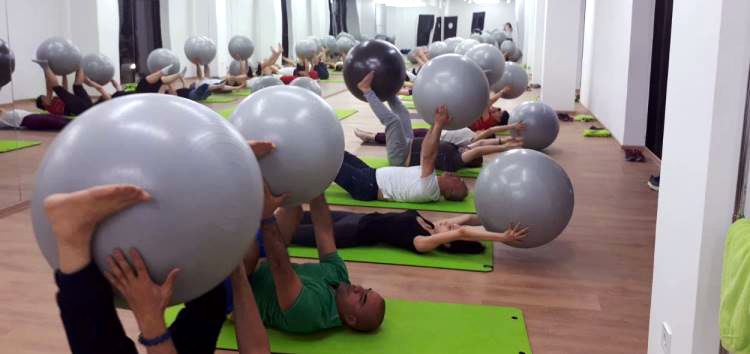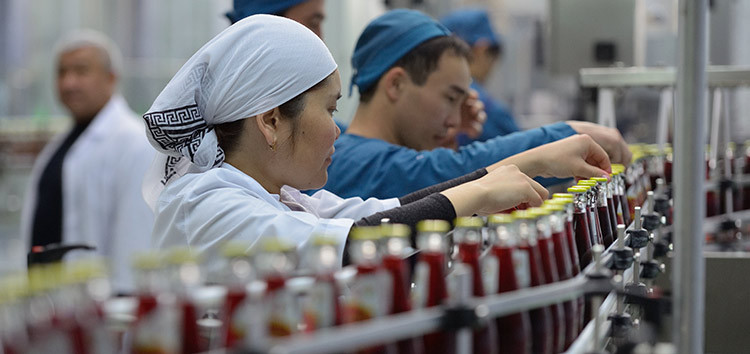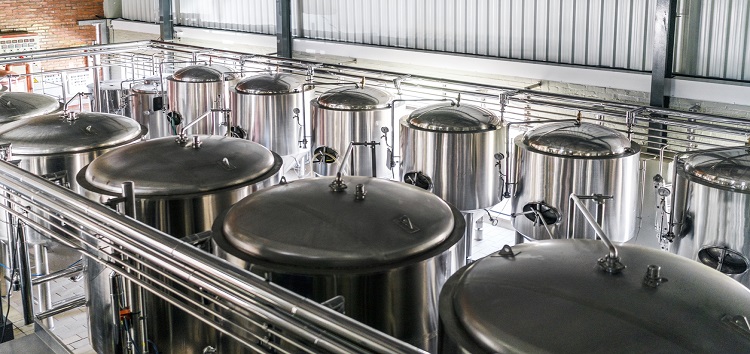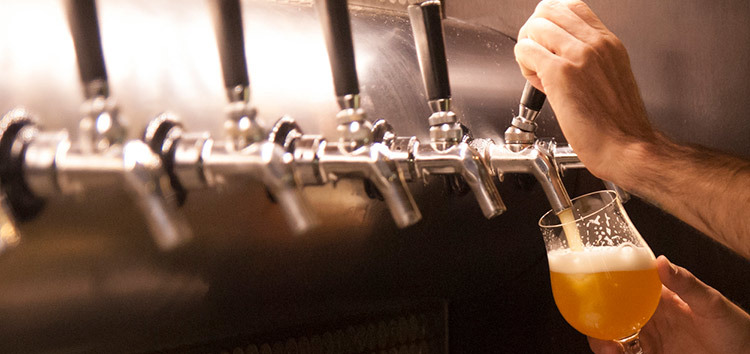Inter Fitness - Tajikistan’s first green fitness centre

FINTECC supports implementation of innovative energy system in Dushanbe’s first health club
When Inter Fitness LLC started building a state-of-the-art fitness centre in Dushanbe in 2012, it was breaking ground in more ways than one. The first health club of its kind in the capital of Tajikistan, Inter Fitness sought to attract an active and health-conscious clientele with first-class facilities and premium service.
But the fitness centre was more than that: it became the first sports complex in Tajikistan to implement an advanced engineering system that is helping to reduce energy costs and carbon emissions, while ensuring a stable power supply.
Best-in-class system reduces energy costs by 20 per cent
In 2015, the founder of Inter Fitness, the entrepreneur Mansur Ostanaev from Dushanbe, sought support from the EBRD for the introduction of the newest and best technology to reduce energy usage and increase efficiency at his sports centre.
With assistance from the EBRD’s Finance and Technology Transfer Centre for Climate Change (FINTECC), Inter Fitness got a best-in-class system that comprises a range of renewable and efficient energy technologies, including low-emissions windows, LED lighting, an air heat recovery system, solar heating panels, high-efficiency chillers with dry coolers and advanced energy monitoring and control systems.
To support the implementation of these technologies, FINTECC provided technical expertise and a $208,000 incentive grant, in addition to a $2 million loan provided by the EBRD to fund the fitness centre’s construction and equipment purchases.
Now fully implemented, the new system is expected to reduce energy consumption by 20 per cent. The impact of the investments is estimated at annual energy savings of 3,000 MWh, primary energy savings of 290 tons of oil equivalents and CO2 emission reductions of approximately 1,000 tons per year.
“FINTECC experts provided critical support during the design and implementation of our HVAC system. They asked detailed questions and helped connect us with engineers with extensive experience with complex, energy-saving systems,” Ostanaev recalls.
“This process was very useful for aligning the technical schemes and calculations with the required output. In general, all calculations have proved accurate during the operation of the facility.”
Power struggles
One of the main challenges of the project was to find a way to meet the 10,000 square-metre facility’s significant energy requirements in a way that was both reliable and cost-effective.
“The building is very large and needs a lot of energy to operate, but the power system in Tajikistan is highly unstable. There are no central heating or hot water systems in Dushanbe, so we would have had to heat the building and water for the pool and showers at our own expense,” Ostanaev says.
Tajikistan is heavily dependent on hydropower for its electricity and very sensitive to climatic variability and climate change impacts. In 2015 The Bank invested about US$ 200 million in the country, the most important project being the modernisation of Tajikistan’s electricity transmission infrastructure. But such a change will take years to be completed and in the meantime facilities as Inter Fitness need to develop their own solutions of improving energy efficiency and power loses.
Dmitry Derevyankin, the club’s manager and director, adds: “Innovative local power systems are more efficient and dependable. Still, they aren’t widely used in Tajikistan because they’re expensive and there are very few engineers in the country who have the knowledge and experience to maintain them.”
Continued growth
The new fitness centre opened its doors in November 2016 and is fully operational. Together with its franchise partner, X-Fit, Inter Fitness offers members a full range of sports and health services, including weight and cardio rooms, squash courts, a climbing wall, an indoor swimming pool, a relaxation zone, a sauna and a Turkish bath.
Ostanaev and Derevyankin report that the efficiency and reliability of the FINTECC-funded energy system have contributed to higher standards of service.
“It’s quite simple: the lower our energy costs, the higher our profits,” Derevyankin says. “Knowing we can depend on these savings allows us to continue investing in the growth of our membership, programming and facilities.”


